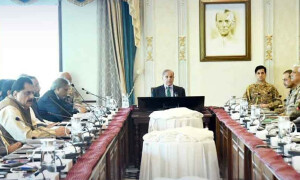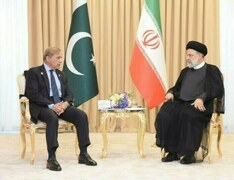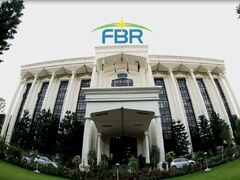The so-called “crisis budget” had little in store for the digital economy. Arguably, it is the information and communication technologies (ICTs) that are helping the country run smoothly in these times as well as providing ways to reimagine how business and transactions are done. The budget speech only paid lip service to e-governance and IT-enabled services and did not mention broadband services at all.
Most prominent measure is on the revenue side, as the federal government has budgeted Rs27 billion on account of 3G/4G licenses through PTA. This is mainly because of the next installment of cellular license renewal of Warid (Jazz), Telenor and Zong. Recall that despite after over the matter, the government obtained 50 percent of renewal fees (~Rs108 bn) from the three operators in FY20; the remaining sum is to be paid in five equal yearly installments. The stale renewal framework will hurt further investment.
Despite a wide digital divide in Pakistan, the USF model is found napping and direct federal funding for the ICTs remains sparse. Worse, the PSDP allocation for the IT & Telecom Division has been reduced by nearly 10 percent to Rs6.67 billion. Despite the growing need for seamless e-governance, only Rs1 billion has been allocated to electronically integrate federal ministries and divisions. It is about time that a separate procurement authority is established to centralize e-governance projects and funding.
At a time when Pakistan desperately needs alternative export avenues to make up for the shortfall in the traditional export sectors, there is a lot of promise for IT exports, provided right incentives are put in place. The opportunity is there because the pandemic has pushed companies all over the world to move towards digital transformation. When most of the outsourcing destinations were closed, Pakistan has been open in the last few months and some companies have reported getting new business.
What can the government do beyond the tax breaks that are already in place? As per industry leaders, an easing of capital controls can help a great deal in magnifying the scale of IT exports in a limited time. IT companies should be allowed to freely remit a reasonable amount of foreign currency to pay for their overseas expenses, to make investments, perform acquisitions, etc. This will not only help capture more exporting opportunities but also motivate companies to remit most of their export earnings to Pakistan.
Besides, local banking sector needs to play a bigger role in the development of the IT industry. One thing the central bank can allow, without worrying excessively, is to extend the Export Refinance Facility to IT companies, up to a certain percentage of their prior export receipts, without demanding collateral. This will certainly help IT SMEs sector that have the ingenuity but need working capital support to level up. The champions of ‘Digital Pakistan’ need to pay heed to the suggestions of private sector stakeholders.



























Comments
Comments are closed.